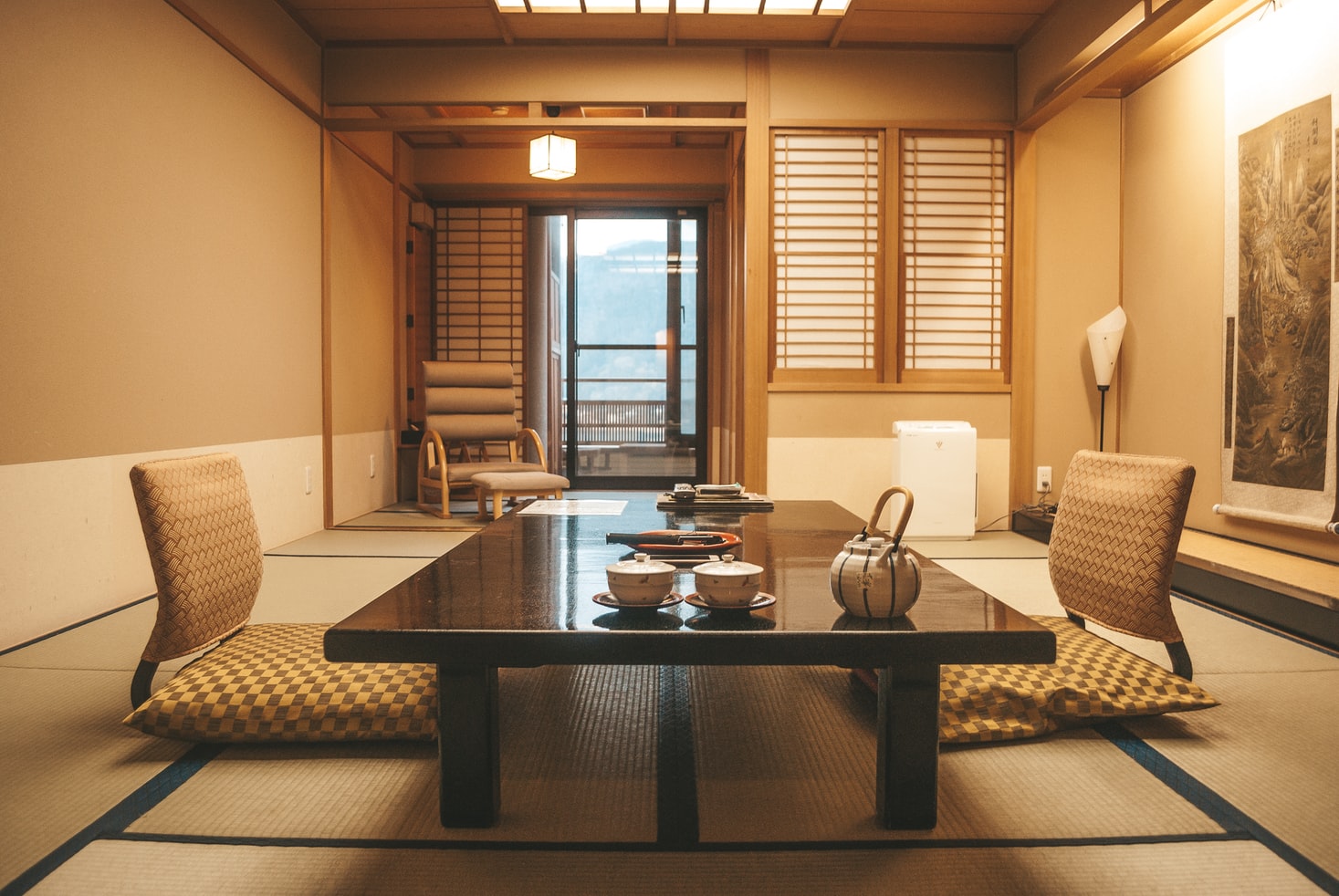The influence of Eastern culture on Western decorations and themes is pretty evident today. Japanese homes that stand as a testament to clutter-free, peaceful, and practical solutions inspire many modern urban dwellings to chase the art of simplicity and asymmetrical designs while maintaining a balance between beauty and imperfection along with the essence of stillness. Most of their concepts find roots in ancient beliefs, helping create a sense of zen in any room. If you wish, you can integrate a touch of Japanese minimalism and sophistication into your home by taking care of a few quintessential décor elements. The result could be more than satisfying and eye-soothing. So, let’s explore the essentials.
The highlights of Japanese-style interiors
The choice of furniture
A tea ceremony can be customary in any typical Japanese home. Hence, it is not difficult to imagine their space with a coffee table. But these are not the usual shapes and sizes you find in other homes across the world. A traditional Japanese table called chabudai comes with floor seating, such as rectangular cushions or small futons and tatami mats. The tables can be as short as 15 to 30 centimeters, although you can look around for taller options too. Earlier, they were round wood designs, but these have evolved into oval, square, and other shapes over time. Due to collapsible legs, some tables are easy to fold and store aside.
Another tasteful variation in a Japanese floor table is kotatsu. The 14th-century design can be suitable for the winter months because of its heating feature. In the past, these tables used charcoal cooking units to provide warmth. Things started improving post the 17th century. For today’s generation, built-in heater models are available. So you can select them.
No matter what you choose, make sure everything falls together into a natural flow. You can complete the look with tatami mats or cushions with a backrest to enliven your living area instantly. To increase tables’ oriental charm, you can deck them up with elegant marble trays, sushi plates with a golden pattern, chopsticks and chopstick holders, etc.
The surrounding décor choices
The room where you put your favorite Japanese table can get an enhanced feel with the rice paper wallpaper. When you make it a backdrop for floor mats or futons with a large rug, the place can feel surreal. Choose other wooden furniture items in dark shades while your chabudai or kotatsu stand in the middle of the room. You can leverage a blend of eastern and western elements. But be wary of crowding the space. After all, the Japanese theme is all about beautiful minimalism.
When talking about space, there are multiple ways to give any room an illusion of largeness. For example, you can deck walls with mirrors to achieve this. With this, it will be better to make a provision for natural light in the room. Large windows, glass doors, and skylights can take care of this. You can add multiple lamps or bright bulbs by ditching the single overhead fixtures to ensure proper illumination throughout the day.
Since the atmosphere and mood around these tables tend to be of socialization, mingling, and chit-chat, you can further elevate the effectiveness of this area with ferns, Bonsai trees, etc. Are you aware of Ikebana? It refers to the art of Japanese-style flower arrangement. You can try this to give your room a gift of vibrant colors. For the desired outcome, try to bring the magic of natural hues like beige, green, brown, and blue. All these tones are close to nature, and hence, they can make a perfect combination for your Japanese décor.
In Japanese interior themes, room dividers or Shoji screens can be another popular attraction. You can get something that represents authentic Japanese culture through its patterns. Do you have a spacious living room? In that case, it can be comfortable and exciting to install this to divide the dining room and kid’s play area in the most effortless style. The semi-opaque screens will not block the passage of natural light while ensuring optimum privacy and space sharing.
Some homeowners mistakenly believe that minimal design ideas don’t take into account the need for adequate storage. It is not valid, though. A minimalistic home encourages a mix of shelving, cabinet, and built-ins to remove clutter from the direct view. Certain things are a must-have, but you may not require them throughout the day. When not in use, you can keep them inside to reduce crowding. And it can be possible only if your home allows decent storage options.
So, if you were planning to facelift your apartment or house, you could think about adding features like floor tables and others from an oriental region like Japan. Some well-established and specific nuances can be enough to get the right vibe.

